By Allen Gardner
Are you confident in your fly selection, or are you just guessing?
Most anglers open their fly box, look aimlessly at the hundreds (maybe more) of dollars of flies and make their fly selection based on their past experiences or whatever “looks good” in their box. “I did good on that one last year, guess I’ll try it out.” When is the last time you heard a guide say that?
You don’t, and it’s because they first ask the question, what are the trout eating today? Once they have a strong, educated decision, they select the fly and begin to catch loads of fish. The knowledge that helps them select the right fly quickly and more accurately is fly fishing entomology.
This article will help you understand the orders, stages, sizes and colors of 99.99% of all insects you will need to identify on the river. This is the first step in fly fishing entomology. With time you will learn to observe and identify the specific insects, and stages, which are attracting the trouts attention, but for now let’s just familiarize ourselves with the menu. We’ve put together a complete list of orders, stages, sizes and colors that are important to the fly angler.
Bookmark this page, you will refer back to if often, it’s incredibly helpful.
Orders aka Insect Categories
Let’s learn quickly what we mean by orders and stages, then we’ll show the list of insects by order, category, size and color.
Orders are just a fancy and scientific way of saying a category of insect. Remember in highschool biology when they taught Kingdom, Phylum, Class, ORDER, Family, Genus, Species? Of course you don’t, who listens in highschool biology? You should have listened though cause it relates to fly fishing!
All you really need to know is that as fly fishermen, nearly all of our fly patterns we use imitate orders of insects, not the specific species. Aside from some mayflies (Hex, Green Drakes, BWO, etc) and some stoneflies (salmonflies, yellow sallies etc), we keep it simple and only focus on the categories.
This is great news for all of us, because instead of having to remember 10,000 insect species, we just need to understand 12 or so categories. If you can identify the order of the insect, you’re more than 25% of the way to selecting the right fly.
Stages aka Insect Lifecycles
Stages of an insect simply refer to their current stage within an insect lifecycle. Insects go through complete and incomplete metamorphsis. Complete metamorphisis includes a pupa stage while incomplete skips that step and gets on with the story.
Most insects that you need to know for trout fishing go through a larva (nymph), emerger, adult (dry), and spinner stage. We refer to these plainly as nymph, pupa, emerger, dry, spinner when fly fishing and they often correlate to fly patterns.
Not all insects have these stages, and some have an extra pupa stage, and only some of those stages apply to trout feeding behavior… it gets a bit complicated, but for now hold on to the fact that this provides a list for you to digest, not the entire subject. You’d need a fly fishing entomology course for that and is a great idea if you’re ready to take your fly fishing to the next level.
Let’s simplify and give you a framework you can use to start learning your bugs. In it you will see all the major insect orders (categories), the stages of importance to the angler, and common hook sizes and colors you’ll want to imitate them with. Book mark this page and refer to it often. On the river, at the tying bench, whenever you need to match the bug.
The Complete List of Insects for Fly Fishermen
Photos by Jan Hamrsky
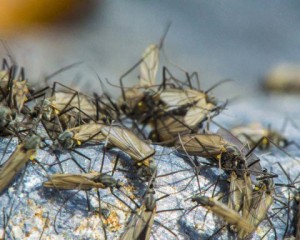 Midges
Midges
Stages: Nymph, Emerger, Dry
Sizes: #14-26
Colors: Any Color Imaginable
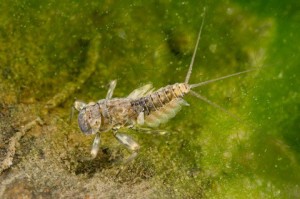 Mayflies
Mayflies
Stages: Nymph, Emerger, Dry, Spinner
Sizes: #6-26
Colors: Any Color Imaginable
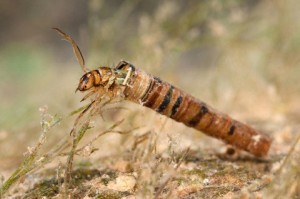 Caddis
Caddis
Stages: Nymph, Pupa, Emerger, Dry
Sizes: #10-20
Colors: Blacks, Browns, Olives, Oranges, Tans
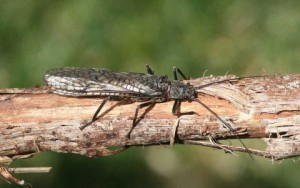 Stoneflies
Stoneflies
Stages: Nymph, Dry
Sizes: #6-18
Colors: Blacks, Browns, Oranges, Yellows, Olives, Tans
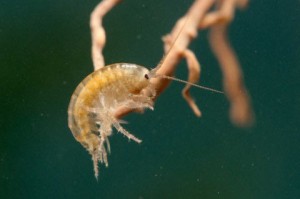 Scuds
Scuds
Stages: Nymph
Sizes: #12-18
Colors: Greys, Pinks, Oranges, Olives, Blues, Whites, Two-Tones
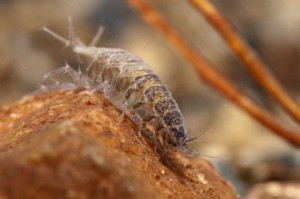 Sowbugs
Sowbugs
Stages: Nymph
Sizes: #12-18
Colors: Greys, Pinks, Oranges, Olives, Blues, Whites, Two-Tones
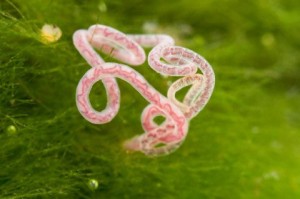 Annelids (Worms)
Annelids (Worms)
Stages: Nymph
Sizes: #8-16
Colors: Reds, Pinks, Browns, Tans, Purples
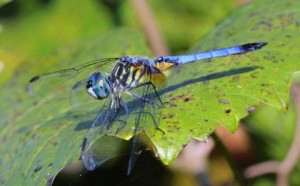 Damsels
Damsels
Stages: Nymph, Dry
Sizes: #8-16
Colors: Blues, Tans, Olives
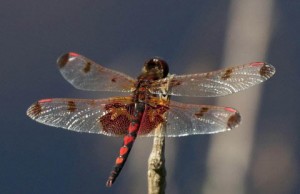 Dragonflies
Dragonflies
Stages: Nymph, Dry
Sizes: #6-14
Colors: Reds, Blacks, Tans, Olives, Blues
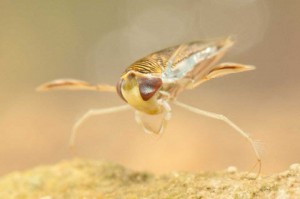 Water Boatman
Water Boatman
Stages: Nymph, Dry
Sizes: #10-16
Colors: Blacks, Olives, Tans, Browns
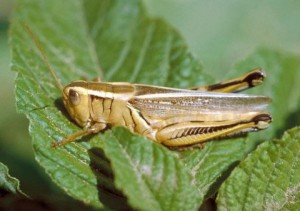 Hoppers
Hoppers
Stages: Dry
Sizes: #6-16
Colors: Browns, Olives, Pinks, Purples, Tans, Reds, Yellows
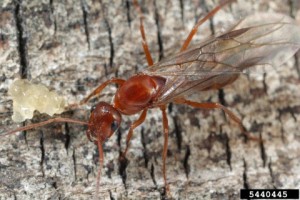 Ants
Ants
Stages: Dry
Sizes: #14-20
Colors: Blacks, Reds, Browns, Tans
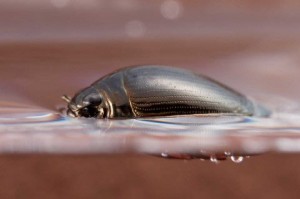 Beetles
Beetles
Stages: Dry
Sizes: #12-18
Colors: Blacks, Olives, Browns, Purples, Blues
When you break it all down to these categories, it doesn’t look that overwhelming. Contained within this list is 99% of all the insects you’ll need in your fly box. Doesn’t look like much but when you begin adding up all the variations, it’s no wonder why we all have 15 fly boxes and still complain to our spouses we don’t have enough flies!
This information is an excellent guide to helping you stock your box, understanding the basics of fly fishing entomology and beginning to learn how to match that hatch whether it’s above or below the waters surface.
Allen Gaedner Gink & Gasoline www.ginkandgasoline.com hookups@ginkandgasoline.com Sign Up For Our Weekly Newsletter!


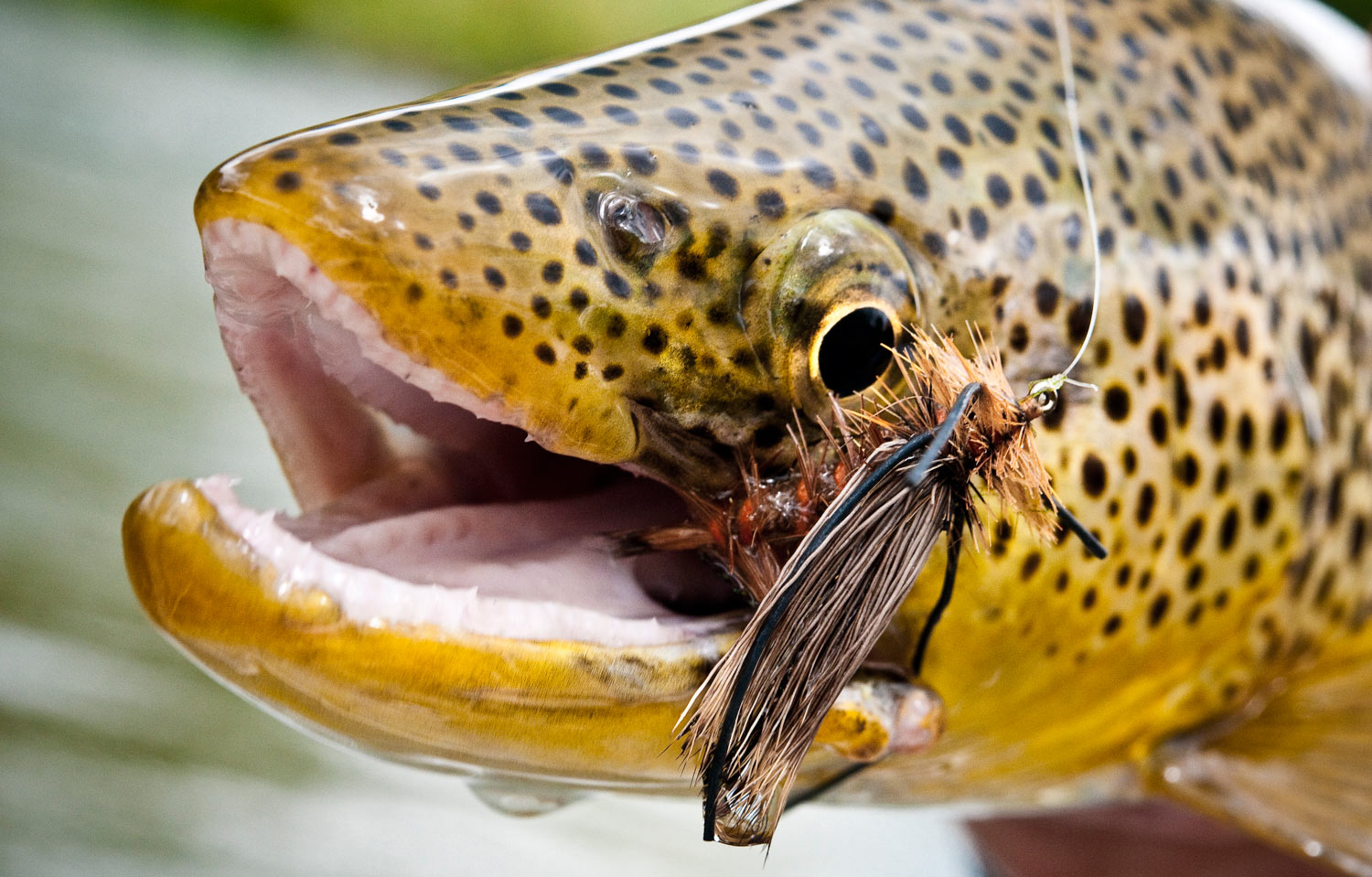
All orders are not created equal – so let’s distill this list to simplify it even more for the beginner, in order of importance on most bug-rich, Eastern streams and rivers:
1) Mayflies
2) Caddis
3) Terrestrials
4) Midges
Wow, you’re right about who paid attention. Thanks. Very good article..
Skip
I book marked this like you suggested. And, I have already send information to fellow fly fishers who may not read Gink and Gasoline. Wonderful pictures also.